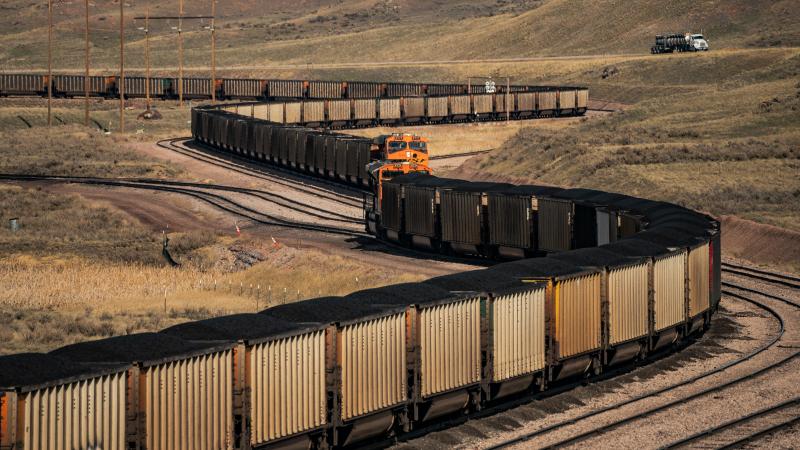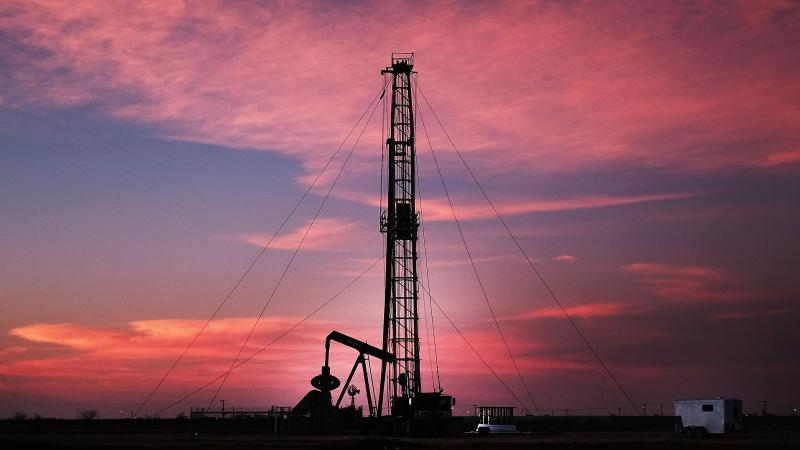While geothermal may provide reliable energy, economic limits hinder its potential, expert says
“Most parts of the world, the crust, you really have to go something like 30,000 or 40,000 feet, which is not economical,” Dr. Iraj Ershaghi, director of the Petroleum Engineering Program at University of Southern California, said.
Google partnered with Fervo Energy two years ago to develop a geothermal energy pilot project that would help move Google toward its goal of running operations entirely on carbon dioxide-free energy by 2030.
The first-of-its-kind geothermal demonstration went live in November. Google’s promotional video on the project explains that the company’s data centers need electricity, and wind and solar only produce power under the right weather conditions. Geothermal, the video explains, has the potential to provide 24/7 power for its facilities.
Using hydraulic fracturing technology that was developed by the oil and gas industry, the project’s wells tap into heat inside the rocks, producing steam, which is then used to turn generators. The Associated Press reported that the project produces 3.5 megawatts of power, which is about the same as a large, single-land based turbine.
The heat from the Earth is constant, which boosts reliability. While geothermal energy can provide reliable power, in 2022, it produced only about 0.4% of the total U.S. utility-scale electricity generation.
Dr. Iraj Ershaghi, Omar B. Milligan professor and director of the Petroleum Engineering Program at University of Southern California, told Just The News that, for all of geothermal’s potential as an electricity generator, it has one major disadvantage: “That is pretty much location,” Ershaghi said. “Location, location, location. Just like real estate.”
With current technology, the only places where geothermal energy is economically feasible for electricity generations is where the heat is close to the surface and hot enough to produce steam. Geothermal heat sources at 8,000 feet or less below the surface are within the range of energy that can be produced economically, Ershaghi said.
“Most parts of the world, the crust, you really have to go something like 30,000 or 40,000 feet, which is not economical,” he said.
In the geothermal industry, he said, they measure the potential of a location for geothermal development with what’s called the “geothermal gradient.” That’s how much the temperature increases with depth drilled. In most parts of the world, you get approximately 2 degrees Fahrenheit for every 100 feet, Ershaghi said. So, a 10,000-foot well only gets you to about 200 degrees Fahrenheit — not quite the needed 212-degree boiling point of water.
Ershaghi said an offshore oil operation may spend $200 million drilling and completing a producing well, but they will produce 50,000 barrels of oil per day. At a price of $80 per barrel, the offshore well is producing $4 million per day. A comparable investment in a geothermal project won’t produce that kind of return.
Ershaghi said researchers are working on a concept where geothermal isn’t used for electricity generation, but for heating of households and other spaces. Where the heat is close to the surface but only in the range of 80 to 100 degrees Fahrenheit, it’s not hot enough to produce steam to spin turbines, but it is hot enough for space heating applications.
Another possibility, he added, is using other types of gasses that boil at lower temperatures to turn generators. So, a 200-degree geothermal heat source might not boil water, but it could boil isobutane, for example. If technological changes bring the price of drilling down, the Earth has a lot of energy waiting to be tapped. But that could be many years down the line.
“It is ideal. God, there’s a lot of heat in there. But it’s very expensive to develop worldwide to make an impact,” Ershaghi said.













